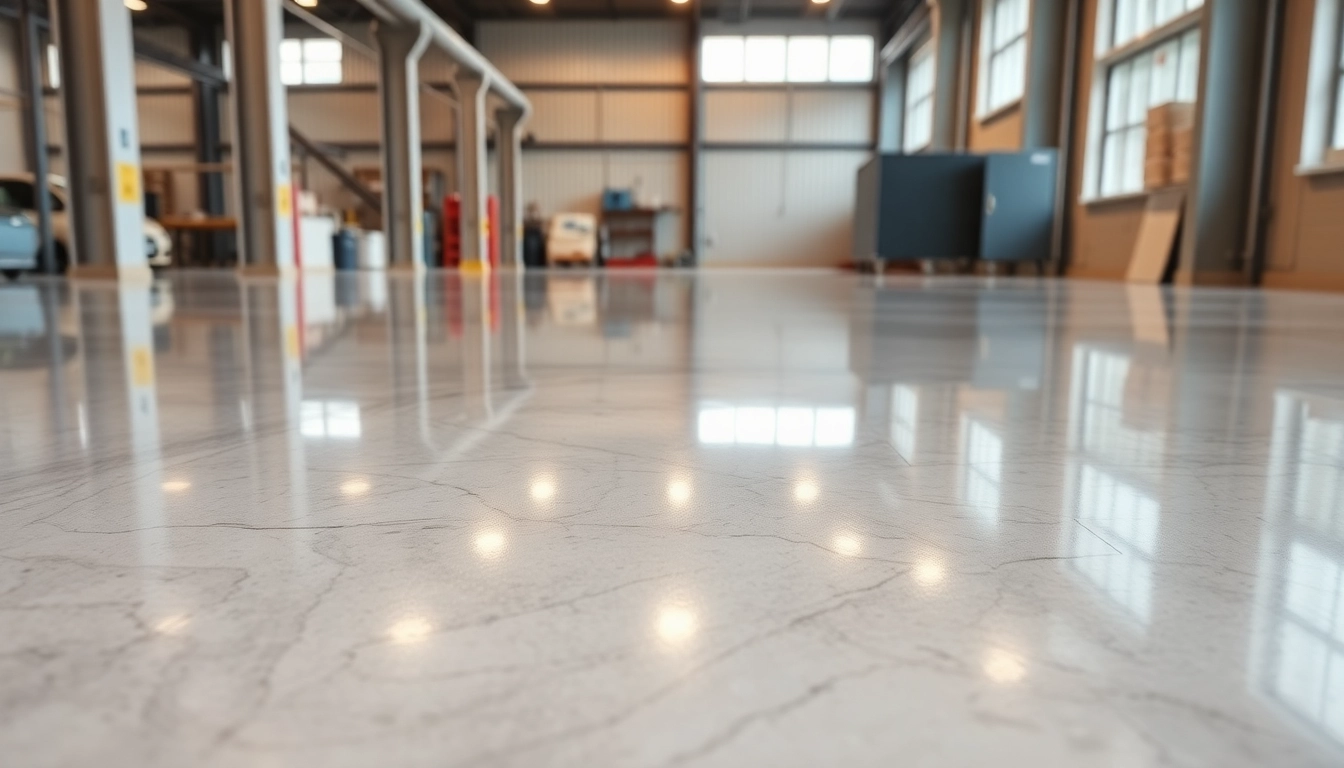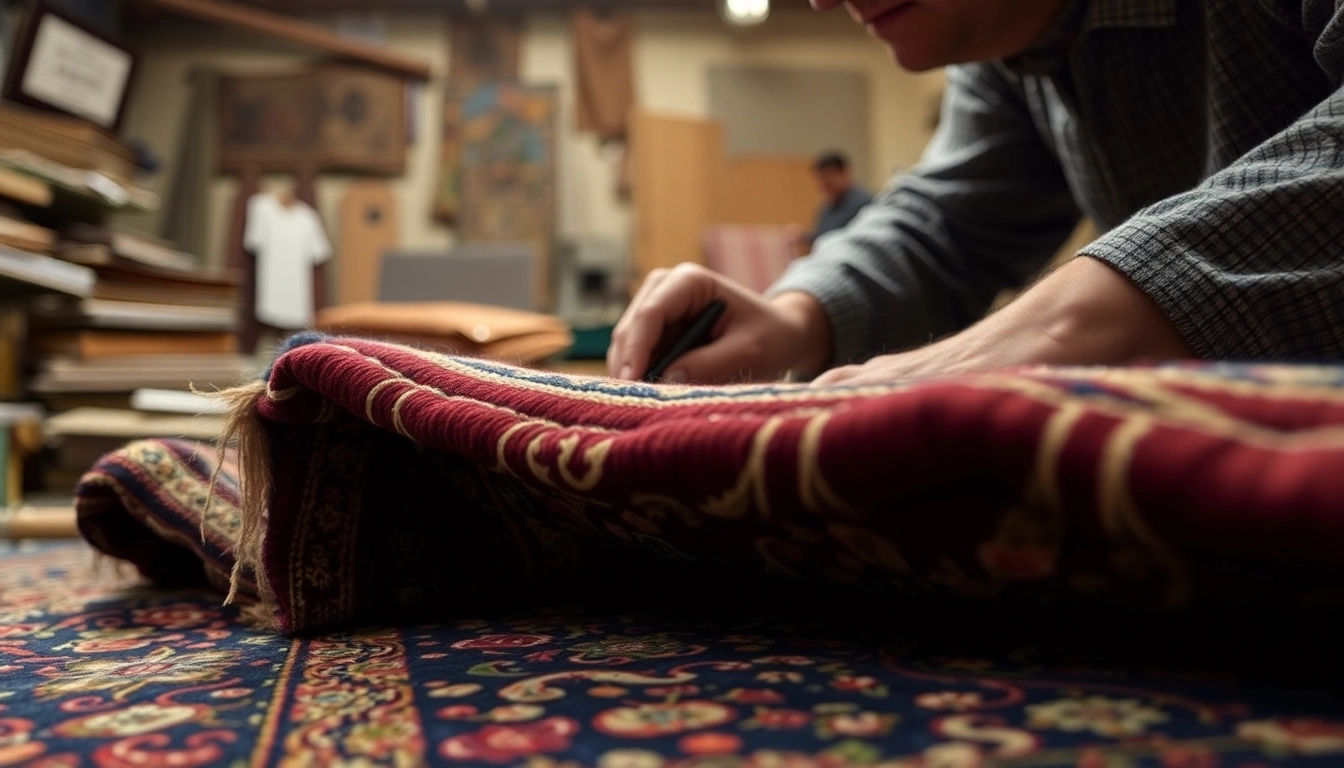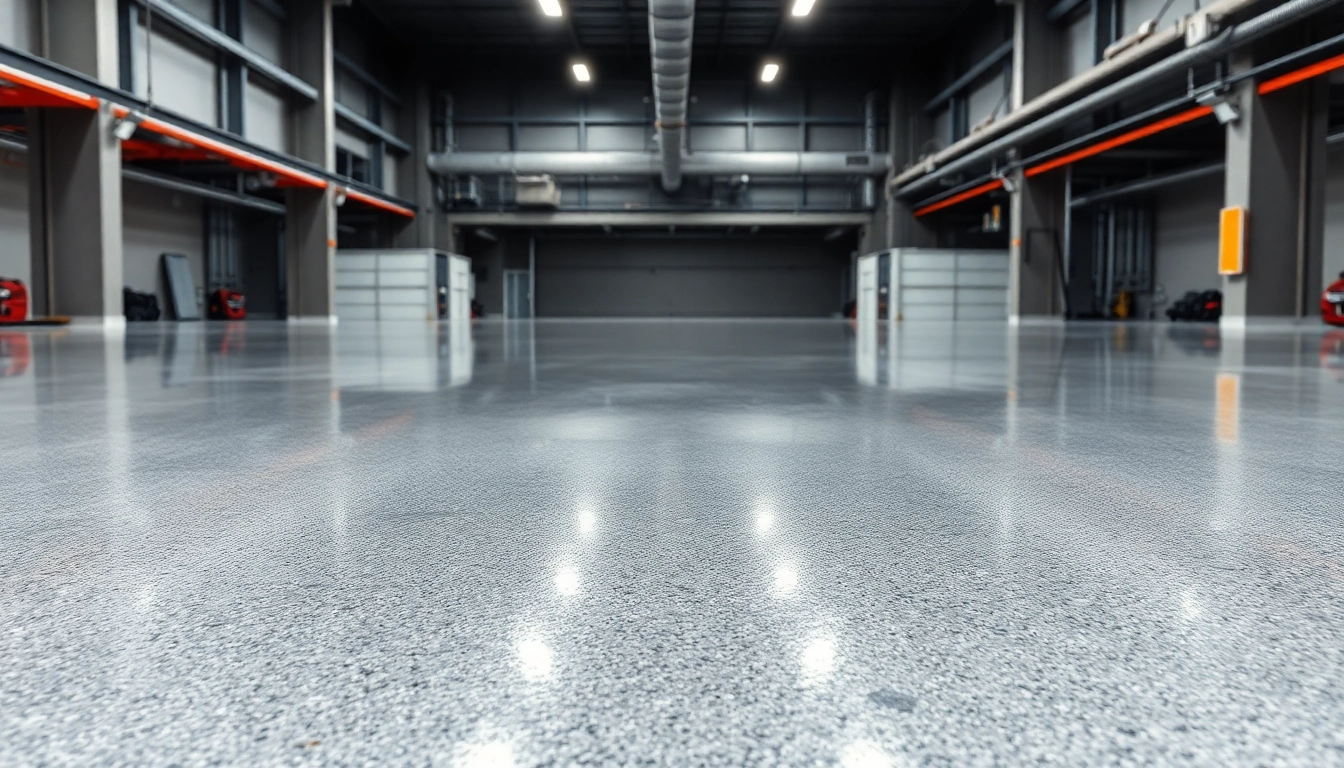Introduction to Epoxy Resin Floors
Epoxy resin flooring has become an increasingly popular choice across residential, commercial, and industrial sectors due to its durability, aesthetic appeal, and ease of maintenance. This versatile flooring solution offers a seamless, hard-wearing surface that withstands heavy traffic, chemical exposure, and daily wear-and-tear. Whether upgrading a garage, a warehouse, or a retail space, understanding the nuances of epoxy resin floors is essential to achieving optimal results. If you’re considering this flooring type for your project, exploring the technical features, customization options, installation techniques, and maintenance practices will help you make informed decisions that ensure longevity and style. For comprehensive solutions and expert guidance, visit Epoxy resin floor.
What Is an Epoxy Resin Floor?
An epoxy resin floor comprises a polymer material applied as a coating over concrete or other substrates. This coating creates a resilient, seamless surface that adheres strongly to the underlying material, providing a protective barrier against impacts, chemicals, and abrasion. The epoxy material is formed by mixing a resin component with a hardener, which reacts chemically to form a solid, durable layer. The resulting floor is not only functional but can also be customized for appearance, with options ranging from high-gloss finishes to textured surfaces.
Beyond its functional properties, epoxy resin floors are celebrated for their sleek, modern aesthetics. They can be tailored with various colors, flakes, and patterns to complement any design theme. The versatility and strength of epoxy flooring make it a preferred choice for demanding environments, including factories, gyms, hospitals, and homes.
Benefits of Choosing an Epoxy Resin Floor
Exceptional Durability and Strength
Epoxy floors are renowned for their robustness. They resist cracking, staining, and impact damage, making them ideal for high-traffic areas. The chemical resistance of epoxy coating protects the substrate from oils, acids, and other corrosive substances, thereby extending the lifespan of the underlying surface.
Seamless and Easy to Maintain
The seamless nature of epoxy floors eliminates grout lines and joints that can trap dirt and grime. This characteristic simplifies cleaning routines, requiring only regular sweeping and mopping. Moreover, epoxy’s surface resistance to stains and spills facilitates upkeep, maintaining its appearance over time.
Enhanced Safety and Aesthetics
Epoxy flooring can be formulated with slip-resistant additives, significantly reducing accident risks. The glossy finish not only accentuates space brightening but also imparts a professional look suitable for commercial and industrial settings. Custom colors and patterns further elevate the visual appeal, allowing brands to incorporate their logos or thematic elements directly into the floor design.
Cost-Effectiveness and Long-Term Investment
While initial installation costs vary, epoxy floors generally prove cost-efficient over their lifespan through reduced maintenance, repairs, and replacement needs. Their durability minimizes downtime and operational disruptions, making them a smart investment for any property owner.
Common Applications in Various Industries
Industrial and Warehouse Facilities
Heavy machinery, forklifts, and constant foot traffic demand floors capable of withstanding significant impact and chemical exposure. Epoxy coatings fulfill these requirements with high-strength formulations designed for industrial environments, ensuring safety and longevity.
Commercial Spaces
Retail outlets, showrooms, and restaurants benefit from epoxy’s aesthetic flexibility and ease of maintenance. Unique color schemes or decorative patterns can reinforce branding and create inviting atmospheres.
Residential Use
In homes, epoxy floors are popular for garages, basements, and home gyms. They provide a durable, attractive surface that resists stains, cracks, and mold growth, enhancing both function and style.
Healthcare and Food Processing
Moisture resistance, sanitation, and chemical properties make epoxy ideal for hospitals, laboratories, and food processing plants, where hygiene standards are paramount.
Design and Customization Options
Color and Finish Variations
The palette of epoxy flooring is virtually unlimited. Techniques such as color flake blends, metallic pigments, or solid hues enable customization to match interior themes or branding needs. Finishes can range from high-gloss to matte, depending on aesthetic preferences and safety considerations.
Design Patterns and Textures
Incorporating textures such as stamped patterns, aggregate overlays, or epoxy quartz creates unique visual effects and tactile surfaces. These patterns can simulate natural stone, wood, or abstract artistic designs, offering high-end appeal and functional grip.
Incorporating Branding and Logos
Custom logos or motifs embedded within the epoxy layer can reinforce brand identity, guide traffic flow, or designate specific zones. Techniques involve using stencils, decals, or direct printing within the epoxy mixture for a seamless, professional look.
Installation Process and Best Practices
Surface Preparation and Substrate Analysis
Successful epoxy flooring begins with meticulous surface preparation. This involves cleaning to remove dirt, grease, and existing coatings, followed by grinding or shot blasting to achieve a rough, clean profile. Moisture content and substrate integrity are analyzed to ensure compatibility and adhesion.
Mixing and Application Techniques
Precise mixing ratios and thorough blending of resin and hardener are crucial. Application methods include roller, squeegee, or spray, depending on the project scale and desired finish. Multiple coats may be necessary to achieve optimal thickness and durability.
Drying, Curing, and Final Inspection
Proper curing is vital for performance. This process varies from several hours to days, depending on conditions and product specifications. Final inspection ensures uniform coverage, adhesion, and absence of defects such as bubbles or pinholes.
Maintenance and Longevity of Epoxy Floors
Cleaning and Upkeep Tips
Regular sweeping and damp mopping preserve gloss and cleanliness. Avoid harsh abrasive cleaners that may damage the surface. Promptly clean spills to prevent staining or chemical degradation.
Common Repairs and When to Recoat
Cracks or chips should be repaired promptly to prevent further damage. Recoating may be necessary after years of wear, with the process involving surface cleaning, light sanding, and applying a new epoxy layer to restore appearance and protection.
Maximizing Durability and Wear Resistance
In high-traffic zones, applying slip-resistant additives or enhanced protective coatings extends lifespan. Regular inspections help identify early signs of damage, enabling timely intervention.
Performance Metrics and Industry Standards
Testing Chemical and Impact Resistance
Standards such as ASTM tests evaluate the floor’s resistance to chemicals, impacts, and abrasions. These metrics guide selection based on application-specific demands.
Measuring Adhesion and Surface Hardness
Pull-off adhesion tests and surface hardness measurements ensure the epoxy’s bond strength and resilience—crucial factors for longevity under harsh conditions.
Compliance with Safety and Environmental Regulations
Adhering to local safety standards and environmental guidelines involves choosing low-VOC, non-toxic epoxy formulations, ensuring safe application and disposal practices.



